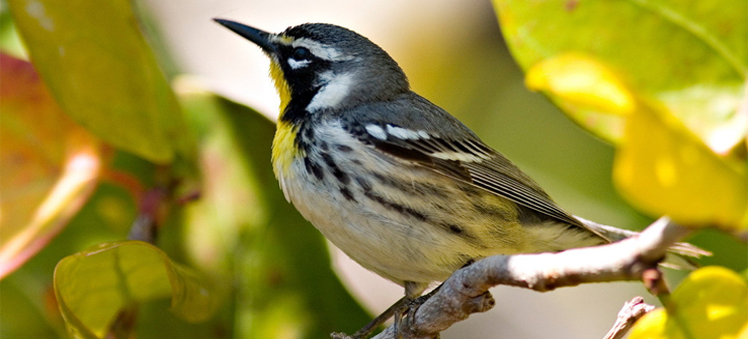2022, 13(1): 100067.
DOI: 10.1016/j.avrs.2022.100067
2022, 13(1): 100065.
DOI: 10.1016/j.avrs.2022.100065
2022, 13(1): 100041.
DOI: 10.1016/j.avrs.2022.100041
2022, 13(1): 100036.
DOI: 10.1016/j.avrs.2022.100036
2022, 13(1): 100031.
DOI: 10.1016/j.avrs.2022.100031
2022, 13(1): 100028.
DOI: 10.1016/j.avrs.2022.100028
2022, 13(1): 100027.
DOI: 10.1016/j.avrs.2022.100027
2022, 13(1): 100023.
DOI: 10.1016/j.avrs.2022.100023
2022, 13(1): 100008.
DOI: 10.1016/j.avrs.2022.100008


 [Abstract]
[Abstract] [HTML]
[HTML] [PDF]
[PDF]







 Email Alerts
Email Alerts RSS Feeds
RSS Feeds